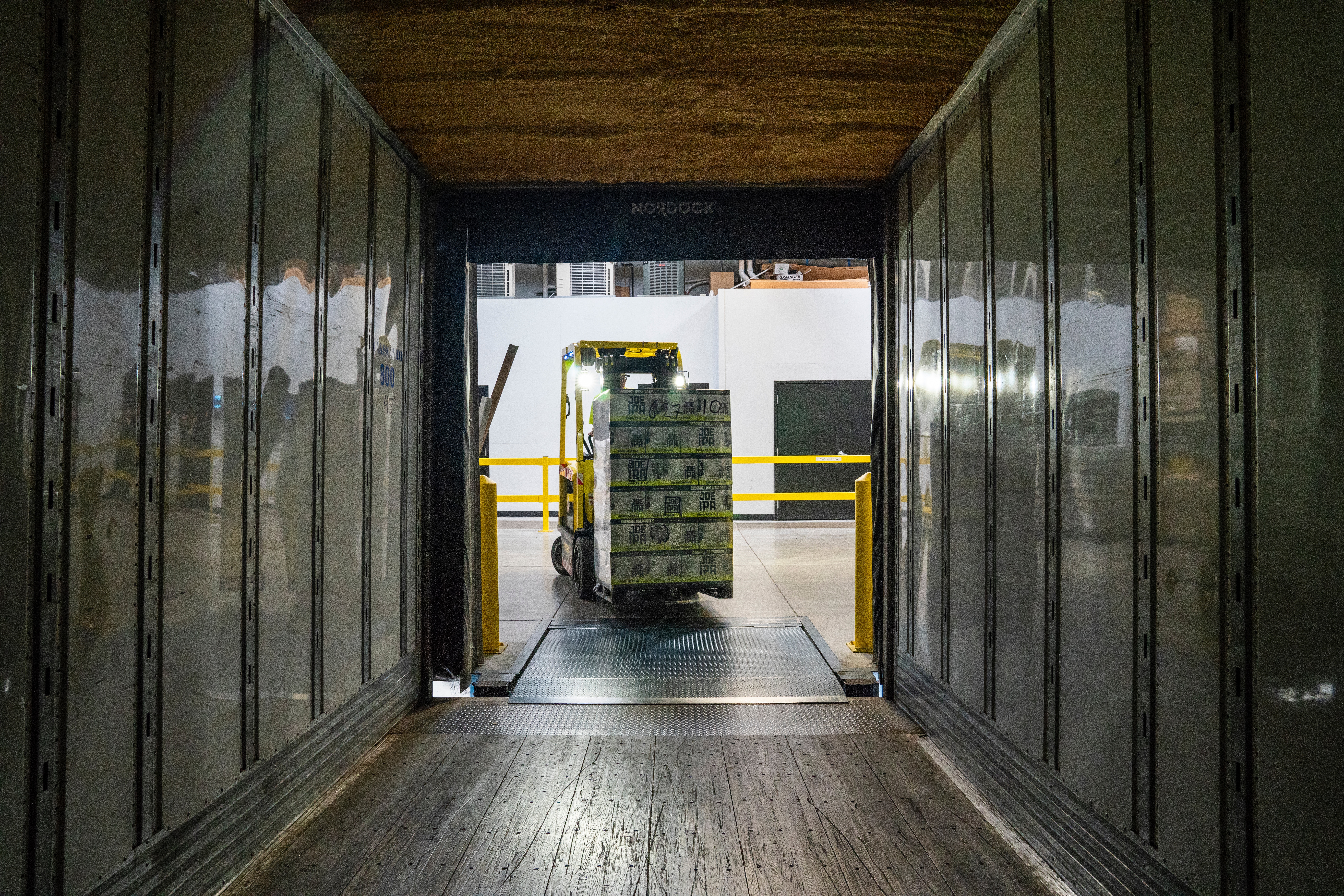Ever since the beginning of the pandemic surrounding the novel corona virus, the world population has been searching for a possible vaccine. All over the world, pharmaceutical companies are working at full speed on a Covid 19 vaccine. Questions that have not yet been clarified: When will the vaccine finally be available and will it end the pandemic in a timely manner? In any case, a vaccine will not only put pharmaceutical companies to the test but also the logistics industry will face three major challenges: Are global logistics capacities sufficient to distribute hundreds of millions of vaccine doses bound to the cold chain worldwide in the shortest possible time?
The challenge of time
Considering the urgency of the need for a vaccine, it is already needed “rather yesterday than today”, although this will of course take a little more time due to the innumerable requirements, tests, and safety measures in the research and development of vaccines. The goal of the vaccination is classified as herd immunity, which according to German Federal Minister Jens Spahn, is already achieved if 65% of the population is immune to the virus. What remains is that the logistics must be adequately prepared. As soon as the first vaccine doses are available, they must be distributed as quickly and as safe as possible.
The challenge of capacity

DHL and McKinsey calculate from their recently published white paper that it would take 15.000 flights, 15 million cool box shipments, and 200.000 pallet shipments to deliver 10 billion vaccine doses. For areas with good logistical infrastructure such as Western Europe, North America, and India, this is manageable, but the report also warns that for large parts of Africa, South America, and Asia, smooth shipping is simply not possible.
Due to the urgency of the time required to deliver the vaccine doses, the aircraft is considered the means of choice for the transport of the preparations. However, even beyond issues of infrastructure and means of transport, normal cargo capacity is already scarce at present, as only a fraction of passenger aircraft takes off at the moment, which would normally carry a considerable amount of cargo. This makes early planning extremely difficult.
The challenge of cold chain
Last but not least, strict transport requirements must be observed when sending the vaccines. As the vaccines will be bound to an unbroken cold chain, a temperature range of 2-8 °C must be guaranteed during the entire transport and storage period. Otherwise, the vaccine threatens to become unusable or even harmful! Maintaining the temperature range requires the use of the correct transport and storage means (including liquid tanks, pallets, cooled warehouses, and cool boxes) as well as additional resources, as the cold chain logistics are correspondingly more complex.
Temperature-controlled logistics as a solution
DHL & McKinsey describe three different ways of distributing the vaccine doses:

1 Direct shipment:
The most direct and fastest distribution route brings vaccines (either palletized or boxed) directly from the filling point to the final destination by truck or plane. This option could be useful for initial global distribution and could be used in the long term in small regions or in cases where the destination is relatively close to the place of production.
2 Local cross-docking:
In this prototype, pallets filled with parcel-sized cool boxes are flown to the destination country, docked there, labeled, and then transported by truck to various endpoints. This distribution solution can minimize the costs of cross-border shipping and is particularly suitable for destinations in small regions that are relatively far from the place of manufacture.
3 Local warehousing:
This option uses local storage and delivery capacity to receive whole pallets and then divide them into parcel-sized units for storage and subsequent delivery over the last mile. This could be the solution for large target regions and a long-term answer for vaccine types that can be transported under less stringent temperature conditions.

In order to ensure worldwide coverage of the Covid-19 vaccine, it is likely that all three variants will be used simultaneously, depending on the region. Nevertheless, the logistical effort behind the distribution of the doses remains immense. Tec4med’s technical solutions for temperature-controlled logistics are precisely where the challenges in cold chain logistics arise. Be it the means of transport such as cool boxes, the devices for data recording, or the software for monitoring and maintaining temperature ranges.
The following is a brief overview of the Tec4med product range:
SmartHub: The SmartHub is an intelligent beacon-gateway monitoring system and can be integrated into any interlogistical process at box, pallet, container, truck, or warehouse level. At the same time, it enables full transparency of the supply chain in real-time.
SmartBeacon: The SmartBeacon shock sensor records vibrations, shocks, and climate data. The data logger can be reused several times for different transports.
Tec4Cloud: Tec4Cloud is a browser-based dashboard for monitoring and controlling intelligent devices. It integrates all (hardware) products from Tec4med, such as the SmartHub, SmartBeacon, NelumBox, and Tec4App. In addition, it offers the possibility to connect smart devices from third parties, which can also be managed and used in the system.
NelumBox: NelumBox was developed for the transport of temperature-sensitive goods such as medicines, vaccines & samples. As an active solution for the transport of sensitive goods, the NelumBox offers the possibility to cool and heat at the push of a button thanks to its patented system.
Passive Shipper: Tec4med Passive Shipper is a range of passive, temperature-controlled, high-performance packaging systems with multiple uses. The Passive Shippers use an innovative design that ensures compliance and efficiency, minimizes volume weight, and consequently allows for the optimization of shipping costs.
To learn more about Tec4med’s products and services, click here for a free web conference.
